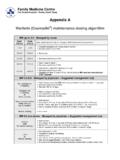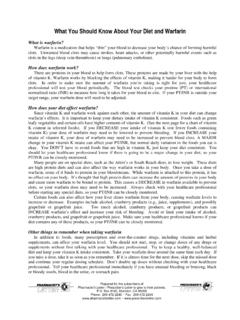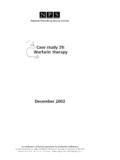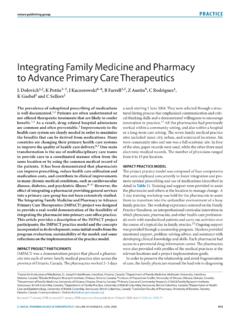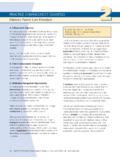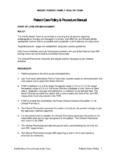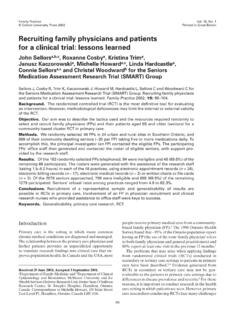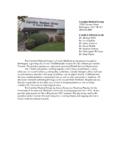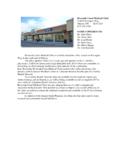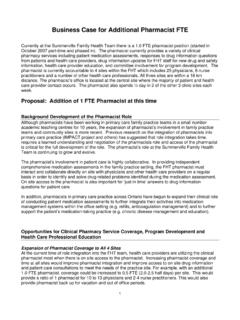Transcription of Warfarin (Coumadin ) maintenance dosing flow sheet
1 Family Medicine Centre The Ottawa Hospital Civic Campus Warfarin ( coumadin ) maintenance dosing flow sheet Date Warfarin started: Duration of treatment: Phone #1: Phone #2: OK to leave message? F Yes F No Comments Indication: F Atrial fibrillation F Mechanical valve F Other: Target range: F F F Other: Tablet strength(s) available Date of INR (dd/mm/yy) INR Warfarin dose When to recheck INR Clinician signature & date (MD/RN) Patient notified (initials, date, time) DRAFT Sept 8, 2006 Place patient label here Notes on Warfarin maintenance dosing algorithm For additional and detailed information, refer to the sheet Warfarin ( coumadin ) maintenance dosing algorithm , kept at the front of the binder.
2 INR up to : Managed by nurse Goal: Goal: Note: Adjust Warfarin only if a change in INR is deemed to be permanent. < < Consider reloading with 1 extra dose of Warfarin . Increase Warfarin by 5-15%. No change. Decrease Warfarin by 5-15%. Hold 1 dose of Warfarin . Decrease Warfarin by 5-15%. Hold Warfarin until INR in therapeutic range. Decrease Warfarin by 5-15%. Consider low dose Vitamin K if high risk of bleeding (consult physician). Use of the algorithm This algorithm is to be used by nurses and physicians in the Family Medicine Unit. Under the terms of the medical directive, the recommendations for managing INRs up to may be followed by the nursing staff without consulting a physician.
3 The nursing component can be instituted once a patient newly started on Warfarin has had 2 consecutive INRs in the therapeutic range. The patient s physician must be notified immediately and, in most cases, take over direct management of Warfarin dosing under the following circumstances: - the INR is or greater, - an unexpected significant change of the INR result over a patient s established level, even if it does not exceed , or - any amount of unexpected or prolonged bleeding, - any time the status of the patient changes in any way that does or may affect the anticoagulation status. The patient s physician should place the patient back on the nurses algorithm once he/she has decided the patient s status has stabilized.
4 This must be communicated directly with the nursing staff. Note on flexibility: The dosing and INR recommendations outlined in this algorithm should be followed in most cases. Occasionally, a nurse may exercise judgment for minor deviations outside the defined INR limits. Some of the possibilities are described below. Dose adjustments Do not change the dose if a single INR result is slightly out of range ( it is neither very high nor very low). Change doses only if there is a trend toward or established lower or higher INR results. Choose a lower or higher range depending on the degree of decrease or elevation, historic response of adjustments by patient, the patient s risk profile, and convenience of dosing (availability of tablets).
5 Make adjustments based on total weekly dose. But use daily dosing (versus Mon-Fri and Sat-Sun dosing ) whenever possible. Adjustments can be made slightly below or above range ( 5-25%) to accommodate dosing convenience ( rounding of doses to nearest .25 or .5). The decision to hold one or multiple doses should be based on the degree of INR elevation, the risk or presence of bleeding, and an assessment of the cause and duration of elevated INR ( if INR will continue to increase based on change in disease or concurrent medications).
